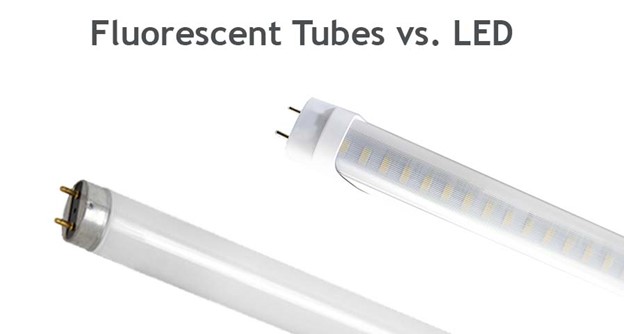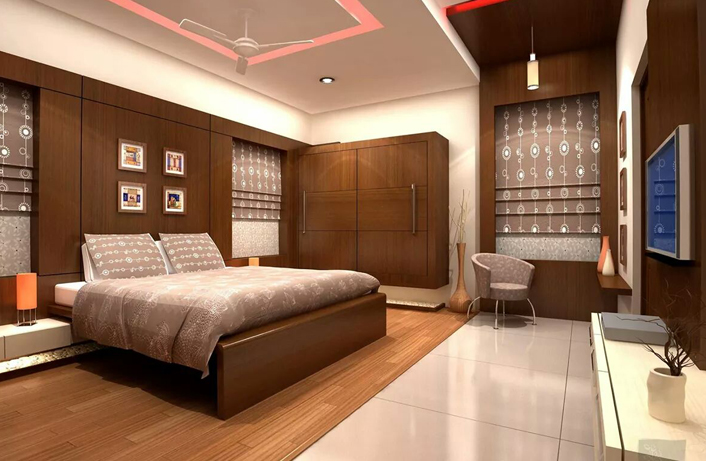Introduction
Tube lights have been a staple in lighting for decades, illuminating homes, offices, and industrial spaces with their bright, efficient glow. Despite the surge of new lighting technologies, tube lights continue to stand out as reliable, energy-efficient solutions. From their early beginnings as fluorescent tubes to the modern, sleek LED versions we see today, tube lights have played an essential role in our everyday lives. This blog takes a closer look at why tube lights remain the unsung heroes of modern lighting, their benefits, and how they continue to evolve.

Fluorescent tube lights first emerged in the early 20th century as a breakthrough in lighting technology. These tubes became popular for their ability to produce bright light at a fraction of the energy cost of traditional incandescent bulbs. Fluorescent lights quickly found their place in large spaces like schools, offices, and factories, where uniform and widespread lighting was necessary. Their energy efficiency and cost-effectiveness made them a go-to choice for many years.

As LED technology developed, it revolutionized the lighting industry, including tube lights. LED (Light Emitting Diode) tube lights offer significant improvements over their fluorescent counterparts. They consume even less energy, last longer, and are environmentally friendly due to the absence of hazardous materials like mercury. The shift to LED tube lights marked a new era in lighting, with many households and businesses opting for this modern solution.

One of the key reasons tube lights have remained so popular is their energy efficiency. LED tube lights, in particular, use about 50% less electricity than fluorescent tubes, helping reduce energy consumption and lower utility bills. This makes them an eco-friendly option for those looking to minimize their environmental impact. For businesses, this translates to significant savings over time, especially in large buildings that require extensive lighting.

Tube lights are known for their long lifespan. LED tube lights, for instance, can last up to 50,000 hours or more, which is substantially longer than traditional fluorescent tubes. This durability means fewer replacements and less maintenance, making tube lights an ideal choice for commercial and industrial environments where continuous lighting is essential.
Tube lights offer bright and uniform lighting, ideal for large spaces. Unlike other lighting options that might produce uneven or flickering light, tube lights are designed to provide a consistent level of brightness. Modern LED tube lights are also flicker-free and glare-free, reducing eye strain, especially in work environments where bright lighting is necessary for extended periods.
Fluorescent tube lights have been the standard for many years and are still widely used in some applications. They are known for their efficiency and ability to light large areas. However, they do have some drawbacks, including the presence of mercury, which makes disposal difficult, and the fact that they produce UV light, which can be harmful over time.

LED tube lights are now the go-to option for energy-conscious consumers. These lights come in various sizes and types, such as T8 and T5 tubes, and offer a modern, eco-friendly alternative to fluorescent lights. LED tubes are more efficient, last longer, and provide superior brightness without the environmental hazards associated with older technologies.
CFLs are a smaller version of traditional fluorescent lights and are still used in many environments. While they offer energy savings compared to incandescent bulbs, CFLs are being gradually replaced by LEDs due to their higher efficiency and longer lifespan.
When selecting a tube light, it's important to consider the brightness you need. Tube lights come in various lumen outputs, which indicate the amount of light they produce. For larger spaces, higher lumen ratings (like 2000 lumens) are ideal, while smaller spaces might only require around 1000 lumens.

Tube lights come in different color temperatures, usually categorized as cool white or warm white. Cool white (4000K-5000K) is perfect for office or industrial spaces where bright, clear lighting is needed. Warm white (2700K-3000K), on the other hand, is more suitable for homes and areas where a softer, cozier ambiance is desired.
It’s crucial to ensure that the tube lights you choose are compatible with your existing fixtures and ballasts. For those transitioning from fluorescent to LED, many manufacturers offer plug-and-play LED tubes that work with older fixtures without requiring rewiring.
Some modern LED tube lights offer dimmable features, allowing you to adjust the brightness to suit the mood or functional needs of a space. Dimmable lights are great for multi-purpose rooms, such as conference spaces or home theatres, where lighting needs can vary.
Switching from fluorescent to LED tube lights is typically a straightforward process. Many LED tubes are designed to fit directly into existing fluorescent fixtures, making installation as simple as replacing a bulb. For some older systems, a bit of rewiring may be necessary, but the benefits in terms of energy savings and longevity are worth the effort.

Maintaining tube lights is simple, but regular care ensures optimal performance. Keep the tubes and fixtures clean by wiping away dust and debris, which can reduce brightness over time. Additionally, monitor the condition of the ballasts in fluorescent fixtures and replace them as needed to extend the lifespan of the lights.
The future of tube lighting is bright, with ongoing innovations in LED technology. Smart tube lights are gaining popularity, offering integration with home automation systems like Amazon Alexa or Google Home. This allows users to control lighting remotely or set schedules for energy efficiency.
As the world continues to shift towards sustainable energy solutions, LED tube lights play a crucial role. By consuming less energy and lasting longer, these lights reduce the demand on
power grids and decrease the environmental impact of lighting. Solar-powered tube lights are also being explored, offering an even greener solution for lighting needs.

Tube lights have quietly played a major role in illuminating our homes, workplaces, and public spaces for decades. From the early days of fluorescent technology to the rise of efficient and eco-friendly LEDs, these lighting solutions continue to offer unparalleled brightness, energy savings, and durability. As technology advances and sustainability becomes a global priority, tube lights will undoubtedly continue to shine, solidifying their place as the unsung heroes of modern lighting solutions